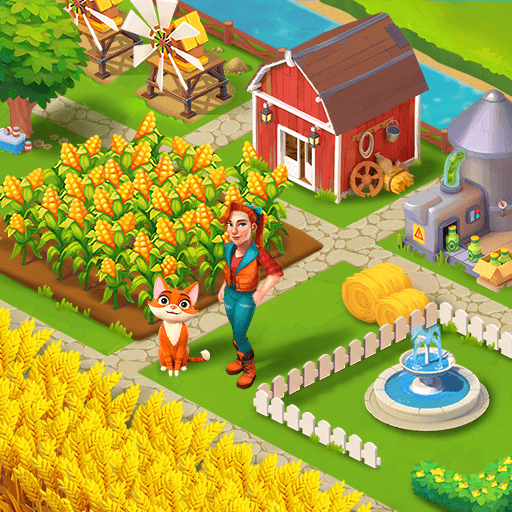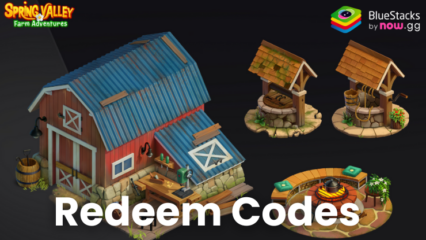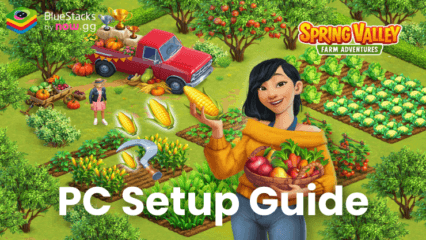Beginner's Guide for Spring Valley: Farm Game – Essential Tips to Get Started
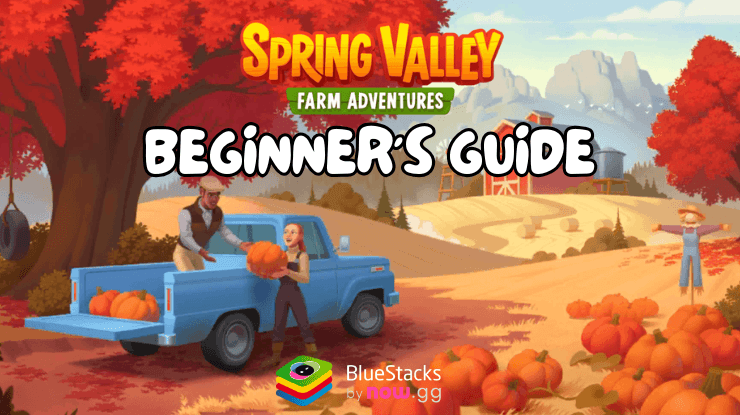
Spring Valley: Farm Game is a delightful blend of farming, exploration, and puzzle-solving, offering much more than the usual farming game. As you manage your farm, you’ll also venture into other lands, uncover secrets, and complete quests that drive the story forward. However, for beginners, the key to thriving lies in understanding how to balance your time and resources effectively.
In this guide, we’ll walk you through the basics to ensure that your adventure begins on the right foot and sets you up for success as you grow your farm and explore the world around it.
Understanding the Core Gameplay Loop
Spring Valley: Farm Game revolves around the perfect mix of managing your farm and going on adventures. While you’ll spend a good amount of time growing crops and taking care of your animals, much of the game’s depth comes from the exploration and adventure mechanics that complement the farming experience.
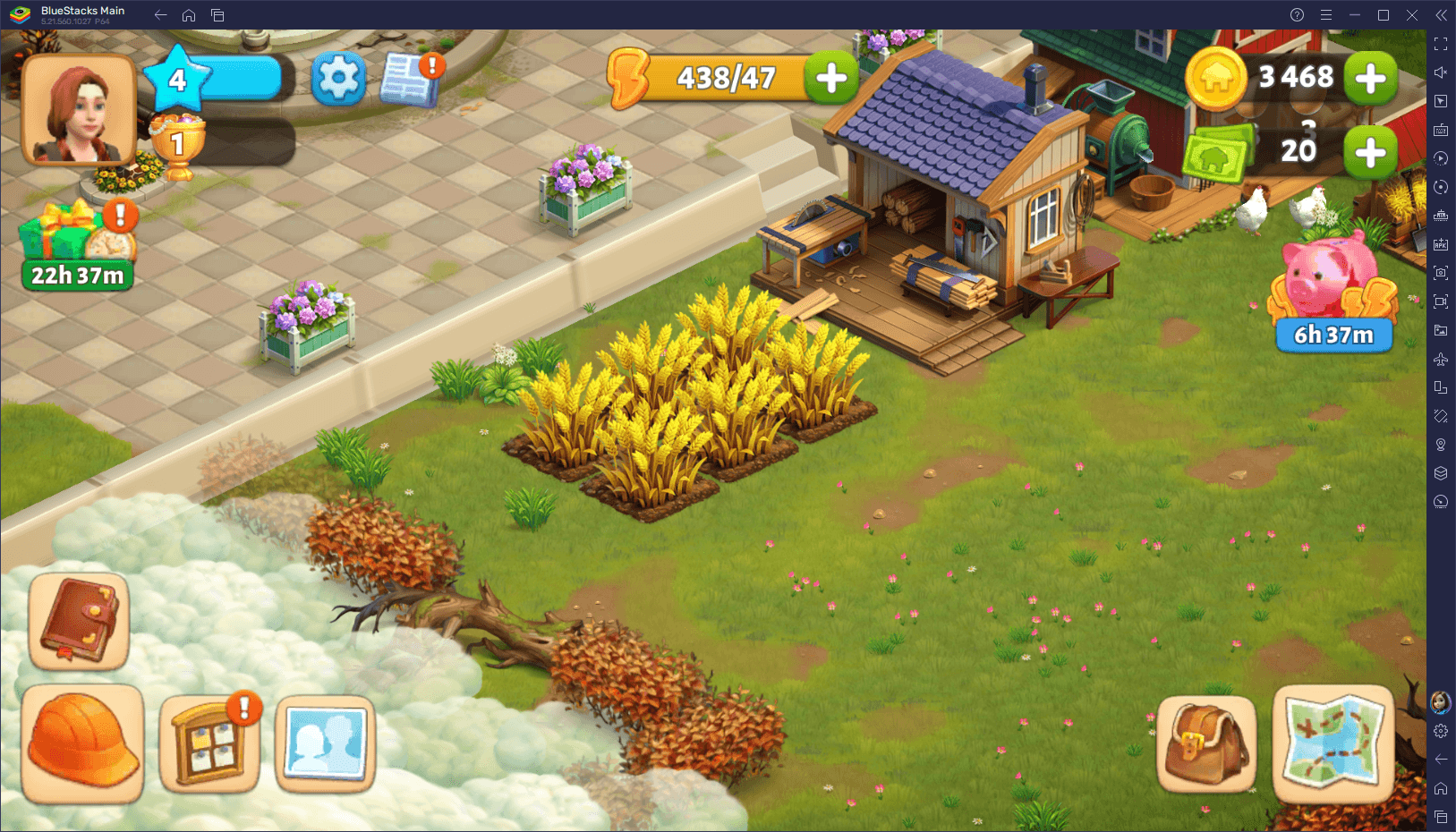
You’ll start by restoring your family farm, which requires planting crops, raising livestock, and gathering resources to upgrade and expand your land. At the same time, you’ll be embarking on quests that take you outside your farm to discover new areas, solve puzzles, and find resources that can’t be obtained on the farm itself. The trick is to balance your farming and adventuring so that one side of the game doesn’t stagnate while you’re focused on the other.
Balancing these core activities is essential to progressing smoothly through the game. Make sure to spend time on your farm when your energy is low or when you need more supplies, but don’t hesitate to go out exploring to push the story forward.
Mastering Your Farm Layout
Your farm is the heart of your operation, and the way you organize it will affect how efficiently you can run things. Starting with a clean, well-planned layout will save you time in the long run and make managing the various tasks on your farm easier as it grows.
Instead of placing buildings and crops randomly, you’ll want to keep related activities close together. For example, you should position your crafting buildings near your storage areas and your crops close to the barn where your livestock resides. This will minimize the time you spend panning between locations and help streamline your farm’s workflow as it expands, especially in the long run.
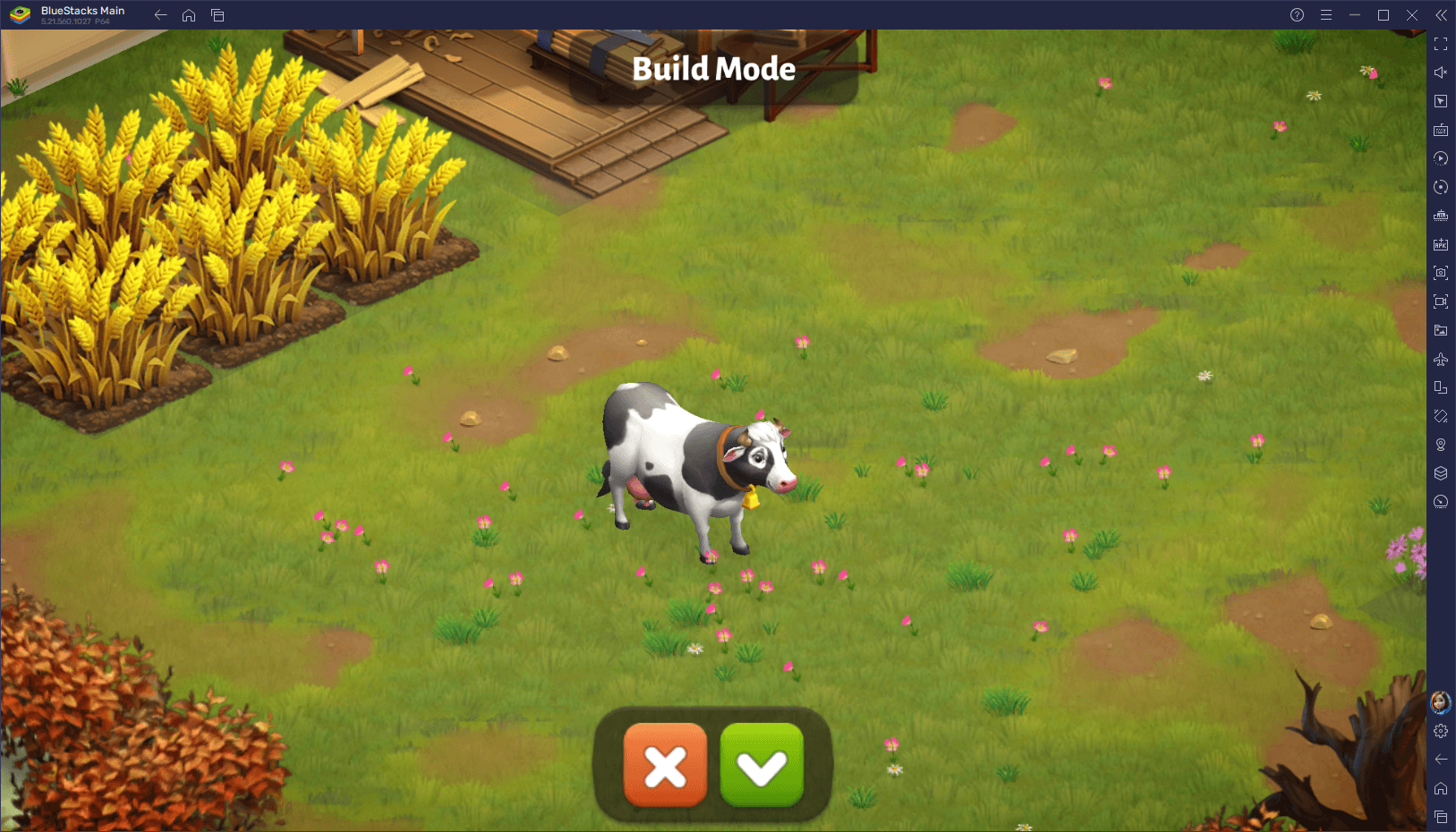
Another key point to remember is not to overextend yourself early in the game. It’s tempting to expand quickly, but doing so without having the resources to support that expansion will only slow down your progress. Make sure you always have enough crops and livestock to sustain the growth of your farm before progressing.
Keeping your farm efficient from the start will help you get ahead more easily. And speaking of efficiency…
Efficient Resource Management
Managing your resources in Spring Valley is essential for progress, and knowing when and how to gather and spend them will greatly influence how quickly you can expand and complete quests. You’ll need to prioritize your actions, especially early on, to avoid wasting valuable resources on unnecessary tasks.
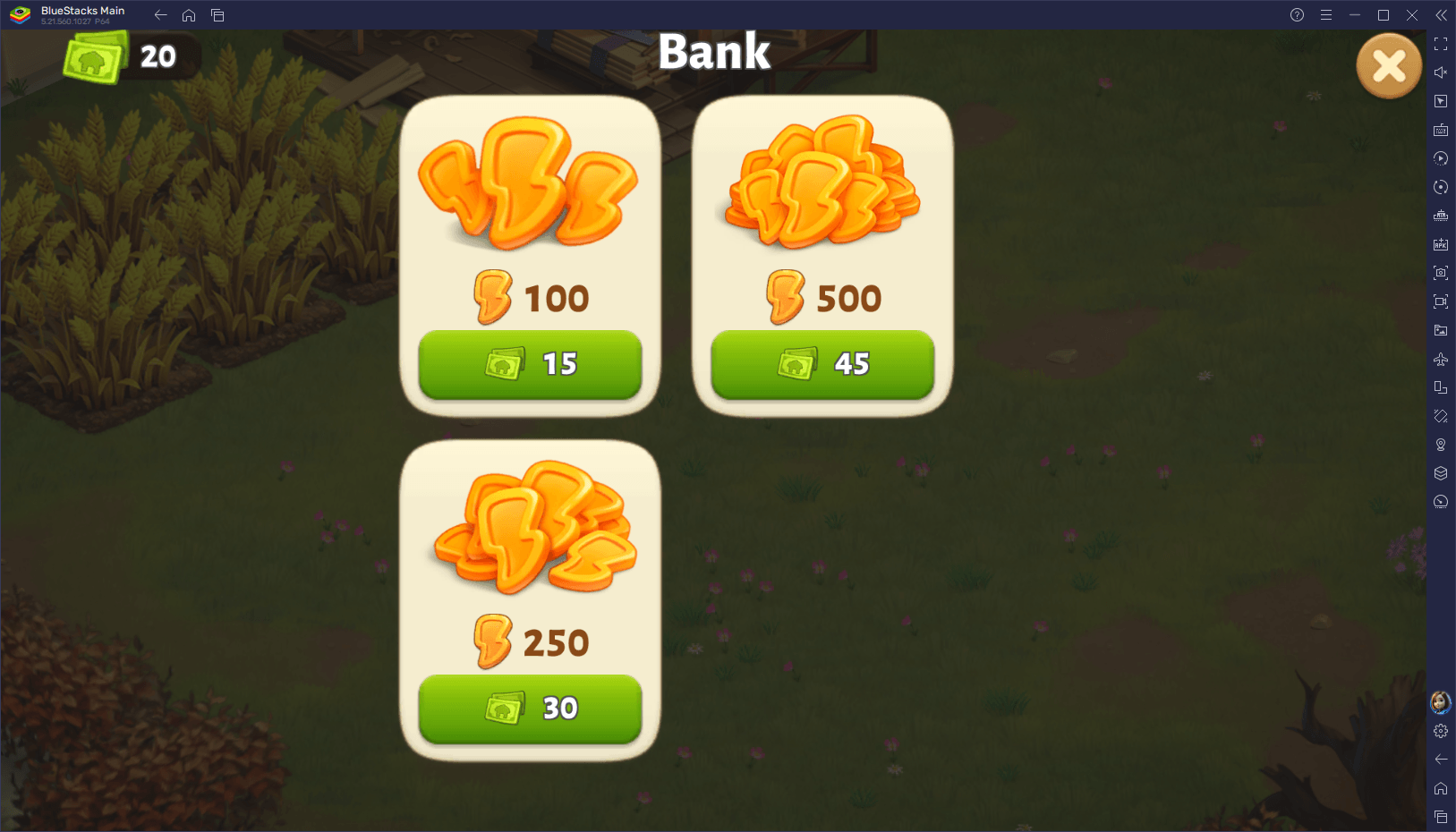
Three of the most important resources in this game include:
- Energy: One of the most important resources you have, as it’s required for performing nearly all actions in the game, including planting crops, chopping down trees, and completing quests. Once your energy is depleted, you’ll need to wait for it to recharge over time. To make the most out of your energy, focus on completing tasks that contribute directly to your farm’s growth or your quest progress.
- Coins: Can be earned by selling goods and completing tasks. Coins should be used strategically. Save your coins for essential upgrades and expansions that will help you long-term, rather than spending them on unnecessary decorations early in the game.
- Cash: The premium currency in the game, which can be obtained mainly by purchasing them from the store. It’s best to reserve it for critical upgrades that can speed up your progress significantly. Avoid using them for minor conveniences, as their scarcity makes them invaluable for unlocking important features.
Crafting materials such as wood and stone are other vital resources that you’ll need to manage. These can be gathered during exploration or by tending to your farm’s trees and rock formations. Always keep a stockpile of these materials, as they are used frequently for building and upgrading structures. Running out of essential materials at the wrong time can stall your progress, so be sure to gather them consistently.
Exploring the World of Spring Valley
One of the most enjoyable aspects of Spring Valley is exploring the world outside your farm. As you venture into new territories, you’ll uncover hidden areas, collect resources, and advance the storyline. However, successful exploration requires careful planning and understanding when and where to focus your energy.
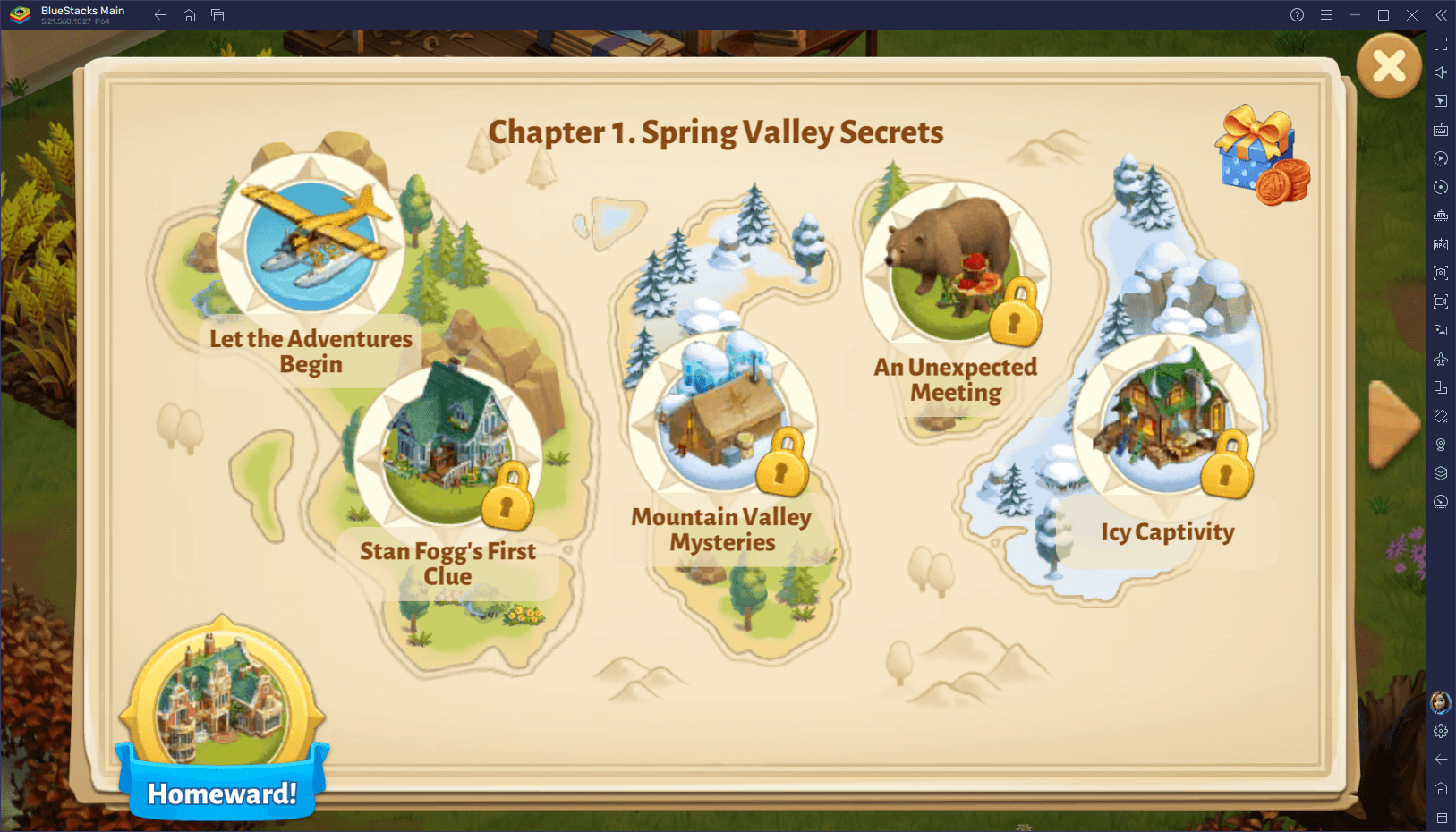
When you first begin exploring, prioritize the main quests. These quests not only offer the best rewards, but they also unlock new areas and features in the game, allowing you to access more resources and opportunities. It’s important to focus your exploration efforts on areas that contribute to your progress, rather than clearing every corner of the map. As tempting as it might be to explore every nook and cranny, focusing on the essential areas first will help you conserve energy and resources.
When you do come across side quests or puzzles, consider whether they are worth the time and energy investment. While some might offer valuable rewards, others may be less crucial to your overall progress. Weighing the benefits of completing these optional tasks is important to avoid wasting energy that could be spent on more critical objectives.
Additionally, as you explore, you’ll start to encounter specific materials and treasures that are harder to come by on your farm. Gathering these unique resources can greatly improve your crafting capabilities and help you upgrade your farm more quickly. So, while farming is essential, venturing out into the wild is just as important to your overall progression.
Crafting and Building Your Dream Farm
As your farm grows, crafting becomes a crucial part of the gameplay. Crafting allows you to produce the tools and goods needed to advance through the game, and managing your crafting stations efficiently can give you a significant advantage.
To craft items, you’ll use the resources you’ve gathered from both your farm and exploration. The key to being successful at crafting is ensuring that you always have a steady supply of materials on hand. Crafting stations can only produce items when supplied with the right materials, so keeping a close eye on your resource stockpile will prevent delays in production.
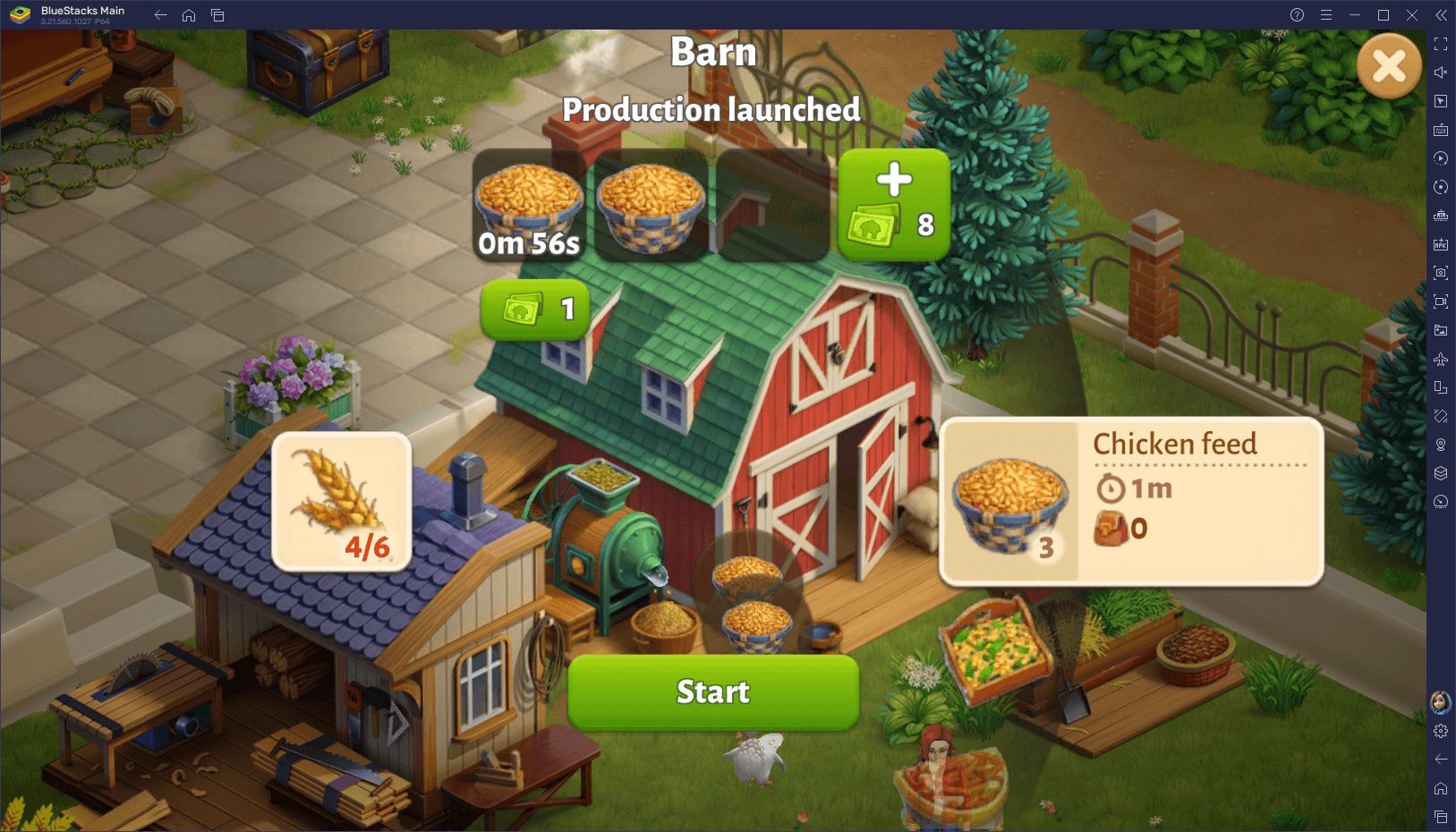
Building new structures and upgrading your existing ones should also be a priority. As such, one of the best tips for this game we can give is to be strategic in deciding which buildings to upgrade first—focus on those that will improve your farm’s productivity, such as storage units and crafting stations. Furthermore, some crafting projects take a considerable amount of time to complete. Make sure to queue up longer projects before you log off, so they’ll be ready when you return to the game. This way, you won’t lose any time, and your farm will continue to produce even when you’re not actively playing.
Managing Energy Effectively
Energy management is one of the biggest challenges in Spring Valley. Since energy is used for most actions, you’ll need to be smart about how you spend it to maximize efficiency and progress quickly. Running out of energy can bring your farm’s activities and your adventures to a halt, so it’s important to be mindful of where and when you use it.
When it comes to farming, try to focus your energy on planting crops that yield the most valuable resources or have short growth times. This way, you can get the most return for the energy spent. Similarly, when exploring, concentrate on tasks that directly contribute to quest completion or unlock important new areas. Clearing unnecessary obstacles or attempting to complete side tasks can deplete your energy without much reward.
Over time, you’ll start to get a sense of which tasks require the most energy and which offer the biggest payoffs. With careful management, you can keep your farm and your adventures running smoothly without too much downtime.
Quests and Events
Quests and events are a significant part of Spring Valley, offering players exciting opportunities to progress in the game and earn valuable rewards. While it can be tempting to take on every available quest or event, some are more important than others for advancing through the game.
There are many ways to go about completing quests, but it’s important to keep in mind a few key considerations:
- Prioritize story quests first, as they often unlock new areas and features that are essential for your long-term progress.
- Take part in seasonal and limited-time events. These events frequently offer rare items and unique rewards that can help accelerate your farm’s growth.
- Don’t forget about side quests, but be mindful of how much energy and resources you spend on them. Some side quests offer great rewards, while others might not be as impactful to your overall journey.
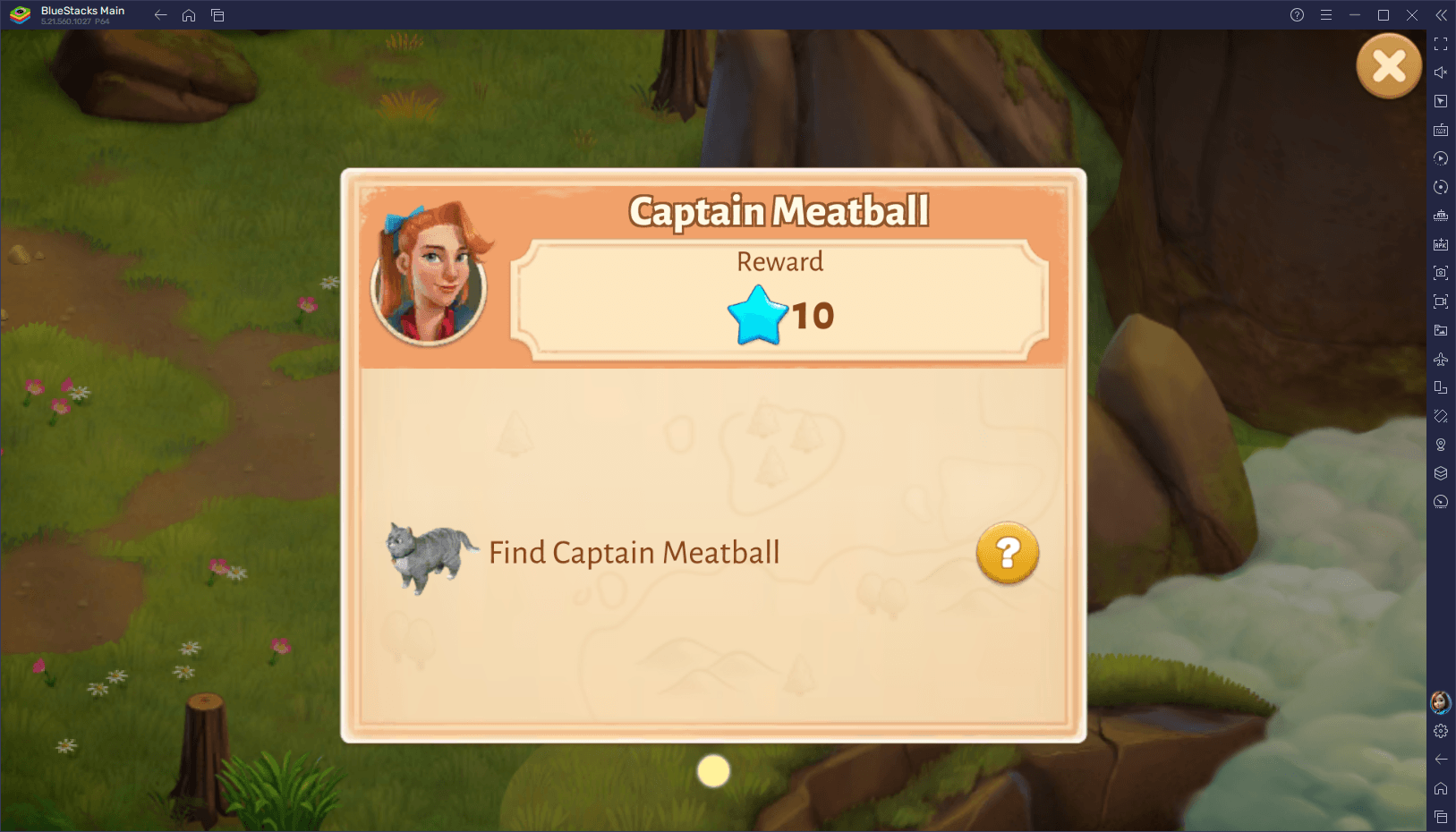
Participating in these quests and events will not only help you grow your farm but also keep the game fresh and engaging as you continue your adventure.
With this beginner’s guide, you have everything you need to get off to a strong start in Spring Valley: Farm Game. By balancing your farming efforts, managing your resources effectively, and exploring the world with intention, you’ll be well on your way to building the farm of your dreams and uncovering all the mysteries this vibrant game has to offer.
To truly elevate your experience, though, consider playing Spring Valley: Farm Game on your PC with BlueStacks. Not only will you benefit from improved controls and a larger display, but you’ll also enjoy faster performance and unlimited gameplay time without worrying about battery life. Download BlueStacks today and start playing Spring Valley

